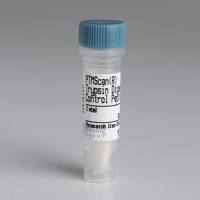Functional Analysis of Retinal Microglia and Their Effects on Progenitors
互联网
互联网
相关产品推荐

Recombinant-Todarodes-pacificus-RetinochromeRetinochrome Alternative name(s): Retinal photoisomerase
¥11452

软骨素酶AC 来源于肝素黄杆菌,9047-57-8,重组, expressed in <i>E. coli</i>,≥200 units/mg protein, For Chondroitin Sulfate Analysis,阿拉丁
¥7138.90

Mouse Reactive Alzheimer's Disease Model Microglia Phenotyping IF Antibody Sampler Kit
¥500

Recombinant-Mouse-Short-chain-dehydrogenasereductase-3Dhrs3Short-chain dehydrogenase/reductase 3 EC= 1.1.1.300 Alternative name(s): Retinal short-chain dehydrogenase/reductase 1; retSDR1
¥11466

Recombinant-Bovine-Short-chain-dehydrogenasereductase-3DHRS3Short-chain dehydrogenase/reductase 3 EC= 1.1.1.300 Alternative name(s): Retinal short-chain dehydrogenase/reductase 1; retSDR1
¥11466
相关问答

